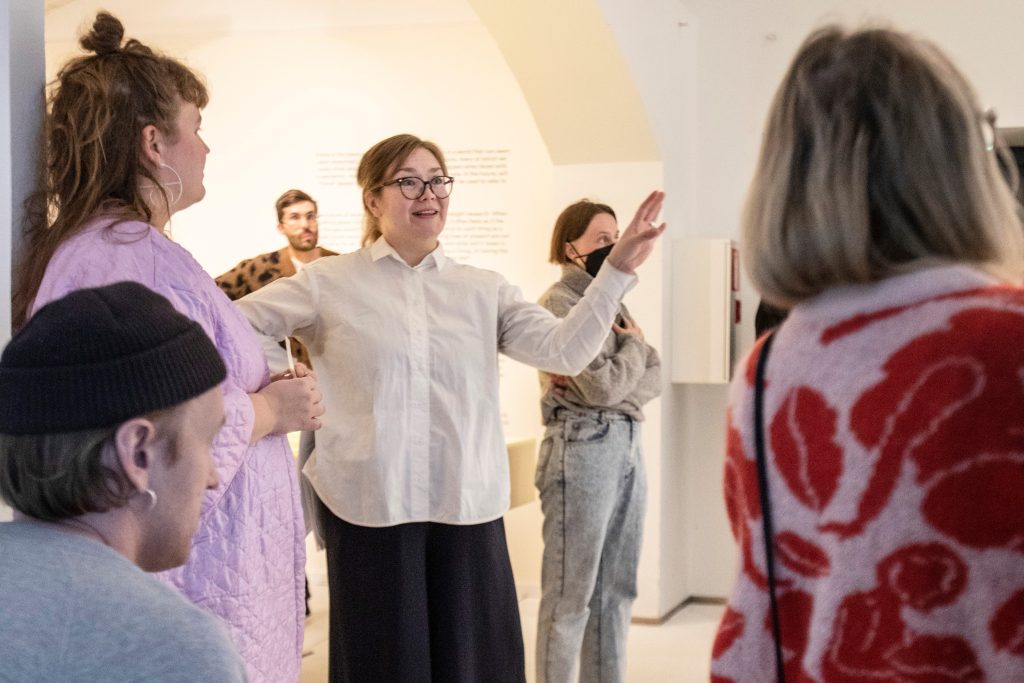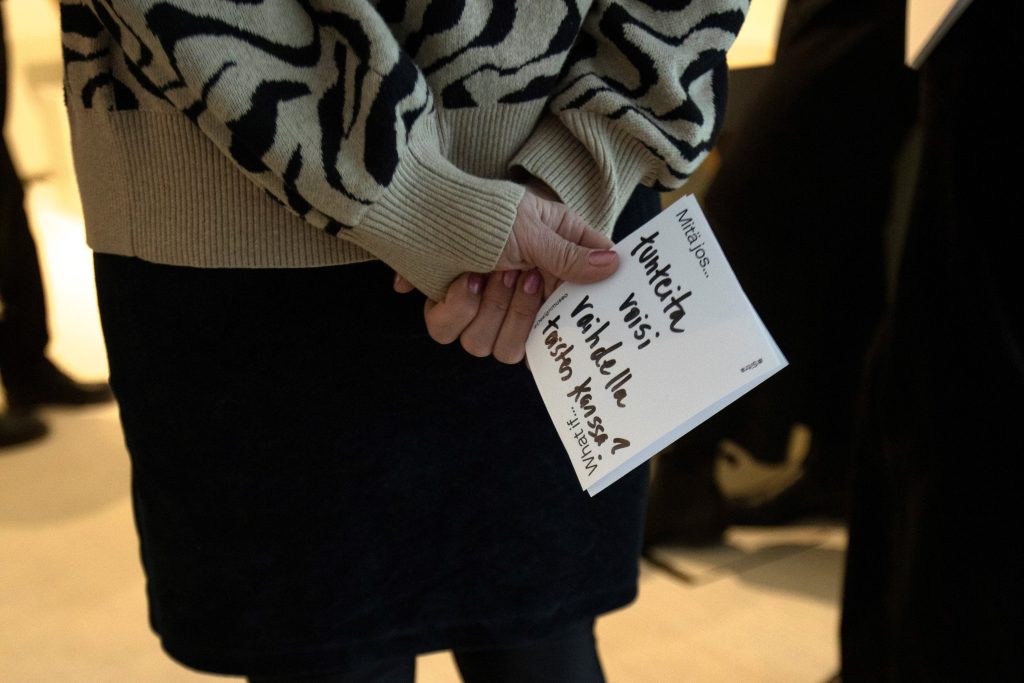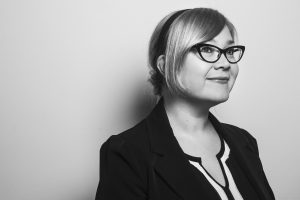Hanna Kapanen, Educational Curator, Design Museum
January 2023
“We need to build a time machine,” reveals Delfoi after the duo returns to Teli’s room.
“But how? I don’t know what a time machine looks like,” hesitates Teli, imagining colourful light bulbs, shiny parts of metal and hundreds of screws of different sizes.
“Don’t worry,” replies Delphoi.
“Do you have paper and a pen?”
Once the teddy bear has what it needs, it sits down at the desk and gets down to work. After a moment, the teddy bear marches to Teli.
“Allow me to introduce,” says Delfoi proudly. “A time machine!”
Extract from the book Telin tutkimusmatka tulevaisuuksiin (Teli’s Expedition into the Futures) (2021)
The City of Helsinki has invited key operators in the fields to participate in the further development of the learning curriculum for teachers in the education and training sector. The Futures School and the A&DO project took up the challenge. The Futures School is an artistic and functional expedition into the basics of futures thinking and alternative futures for children and young people as well as the teachers and other educators who work with them. A&DO – Learning Centre for Architecture and Design is a joint Museum Vision (2020–2023) project co-managed by the Museum of Finnish Architecture and Design Museum Helsinki. The project seeks to make information, competence and professionals of architecture and design available to all interested parties.
Teachers and educators involved in planning the training

Teachers, educators and pedagogical experts were invited to join the working group along with the operators. During autumn 2021, the multidisciplinary planning team met five times in face-to-face meetings at Annantalo and five times in remote meetings. The co-planned training was piloted at the Design Museum Helsinki in autumn 2022 as further training for comprehensive school teachers.
The operating model, which brought operators and schools together, opened up the possibility to develop and test solutions together with teachers and educators in a user-oriented way.
Co-design made it easier to develop and test teaching tools in real environments, i.e. in day-care centres and schools. Pupils became actively involved through the teachers’ work and experimentations.
Supporting the development of education through architecture and design
During the planning and piloting phase, the training content and its objectives, measures, support materials and timetables were established. The information content of the training was broad and detailed in order to get to the basics of futures thinking and foresight. Creative problem solving and methods of architecture and design were introduced into the teaching and the development of futures education. The training content was applied to and tested with learners and groups of different ages and types, for which small or larger learning curricula were provided. If the objectives in their full scope seemed too large-scale, it was also possible to start off by taking small steps.
The knowledge and experience of the teachers and educators helped in the planning of the final training. The teacher training was structured as a curriculum of 2.5 days of contact teaching, including the implementation of the teachers’ own teaching experiments in their own school.
Considering the future is an important part of schoolwork

Overall, the process showed that there is an important place for promoting futures thinking and discussing the future as a part of schoolwork. A school system that promotes equality and equity has a unique opportunity to incorporate futures thinking and the perspectives of a sustainable future into schoolwork and planning education. In this way, the discussion about the future will reach learners of different ages and types in ways that are accessible to them. At the same time, we are creating a common and diverse future heritage to help us strive for a sustainable future.
Everyone has the skill needed to take part in discussions about the future when this skill is practised in a safe environment.
A teacher’s and educator’s own open attitude makes participation in future-oriented learning curricula safe and constructive. The lessons provide information and experiences through the different senses and take different ways of learning into account.
Otto Tähkäpää, futurist and one of the trainers says:
“My own feeling that futures education as well as architecture and design education complement each other perfectly has been strengthened. Of course, this is no coincidence and is largely the result of the planning behind the training.”
In fact, the new development process allowed the operators to test and co-develop teaching tools and materials very well. During the process, the content was finalised, crystallised and the need for supporting material was assessed.
The next step is to integrate the training more widely into the activities of the City of Helsinki so that it can serve a wide range of teachers and educators in Helsinki.
We would like to thank all the teachers and educators who participated in the co-design and piloting of the training and who created the training content together with us. Thanks to the City of Helsinki for enabling and supporting the planning and piloting of the training during the process.
 |
Hanna Kapanen is a Educational Curator specialising in design and responsible for the Design Museum’s collaboration with schools. Kapanen holds a Master of Arts and a Master of Visual Arts. |
Photos: Anni Koponen, Konsta Leppänen, Design Museum

